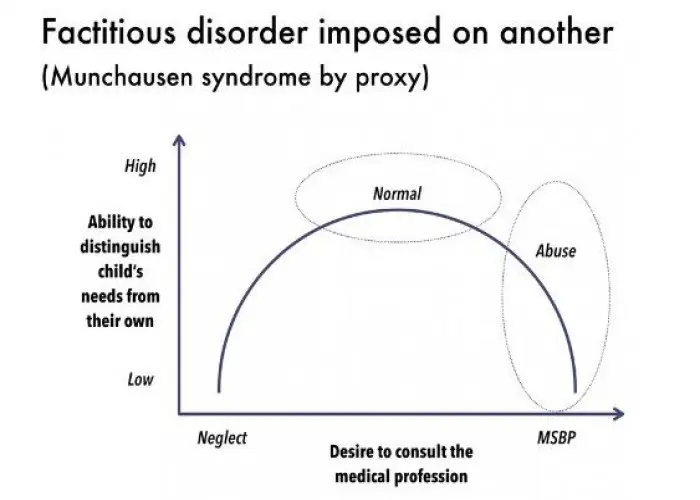 Welcome
Welcome
“May all be happy, may all be healed, may all be at peace and may no one ever suffer."
Broken ankle

A broken ankle is a fracture in one or more of the bones that make up the ankle joint, including the tibia, fibula, and talus. Broken ankles can be caused by a variety of injuries, such as a fall, twist, or impact to the ankle. Symptoms of a broken ankle may include pain, swelling, bruising, stiffness, and difficulty walking or bearing weight on the affected foot. Treatment for a broken ankle depends on the type and severity of the fracture. Minor fractures may be treated with immobilization and rest, while more severe fractures may require surgery and physical therapy. It is important to seek prompt medical attention for a broken ankle in order to prevent further damage and promote healing.
Research Papers
Disease Signs and Symptoms
- Difficulty in walking or bearing weight
- Swollen feet and ankles (edema)
- Broken ankle
Disease Causes
Broken ankle
A broken ankle is usually a result of a twisting injury, but can also be caused by a direct blow to the ankle.
The most common causes of a broken ankle include:
- Car accidents. The crushing injuries common in car accidents may cause breaks that require surgical repair.
- Falls. Tripping and falling can break bones in your ankles, as can landing on your feet after jumping down from just a slight height.
- Missteps. Sometimes just putting your foot down wrong can result in a twisting injury that can cause a broken bone.
Disease Prevents
Broken ankle
These basic sports and safety tips may help prevent a broken ankle:
- Wear proper shoes. Use hiking shoes on rough terrain. Choose appropriate athletic shoes for your sport.
- Replace athletic shoes regularly. Discard sneakers as soon as the tread or heel wears out or if the shoes are wearing unevenly. If you're a runner, replace your sneakers every 300 to 400 miles.
- Start slowly. That applies to a new fitness program and each individual workout.
- Cross-train. Alternating activities can prevent stress fractures. Rotate running with swimming or biking.
- Build bone strength. Get enough calcium and vitamin D. Calcium-rich foods include milk, yogurt and cheese. Ask your doctor if you need to take vitamin D supplements.
- Declutter your house. Keeping clutter off the floor can help you to avoid trips and falls.
- Strengthen your ankle muscles. If you are prone to twisting your ankle, ask your doctor for exercises to help strengthen the supporting muscles of your ankle.
Disease Treatments
Treatments for a broken ankle will vary, depending on which bone has been broken and the severity of the injury.
Medications
Your doctor may recommend an over-the-counter pain reliever, such as acetaminophen (Tylenol, others).
Therapy
After your bone has healed, you'll probably need to loosen up stiff muscles and ligaments in your ankles and feet. A physical therapist can teach you exercises to improve your flexibility, balance and strength.
Surgical or other procedures
- Reduction. If you have a displaced fracture, meaning the two ends of the fracture are not aligned well, your doctor may need to manipulate the pieces back into their proper positions. This process is called reduction. Depending on the amount of pain and swelling you have, you may need a muscle relaxant, a sedative or a local anesthetic to numb the area before this procedure.
- Immobilization. A broken bone must be immobilized so that it can heal. In most cases, this requires a special boot or a cast.
- Surgery. In some cases, an orthopedic surgeon may need to use pins, plates or screws to maintain proper position of your bones during healing. These materials may be removed after the fracture has healed if they are prominent or painful.
Disease Diagnoses
Disease Allopathic Generics
Disease Ayurvedic Generics
Disease Homeopathic Generics
Disease yoga
Broken ankle and Learn More about Diseases

Brain tumor

Niemann-Pick

Factitious disorder

Pityriasis rosea

Complicated grief

Testicular torsion

Retinoblastoma

Cellulite
Broken ankle, Trimalleolar fracture, Ankle fracture, ভাঙা গোড়ালি
To be happy, beautiful, healthy, wealthy, hale and long-lived stay with DM3S.
